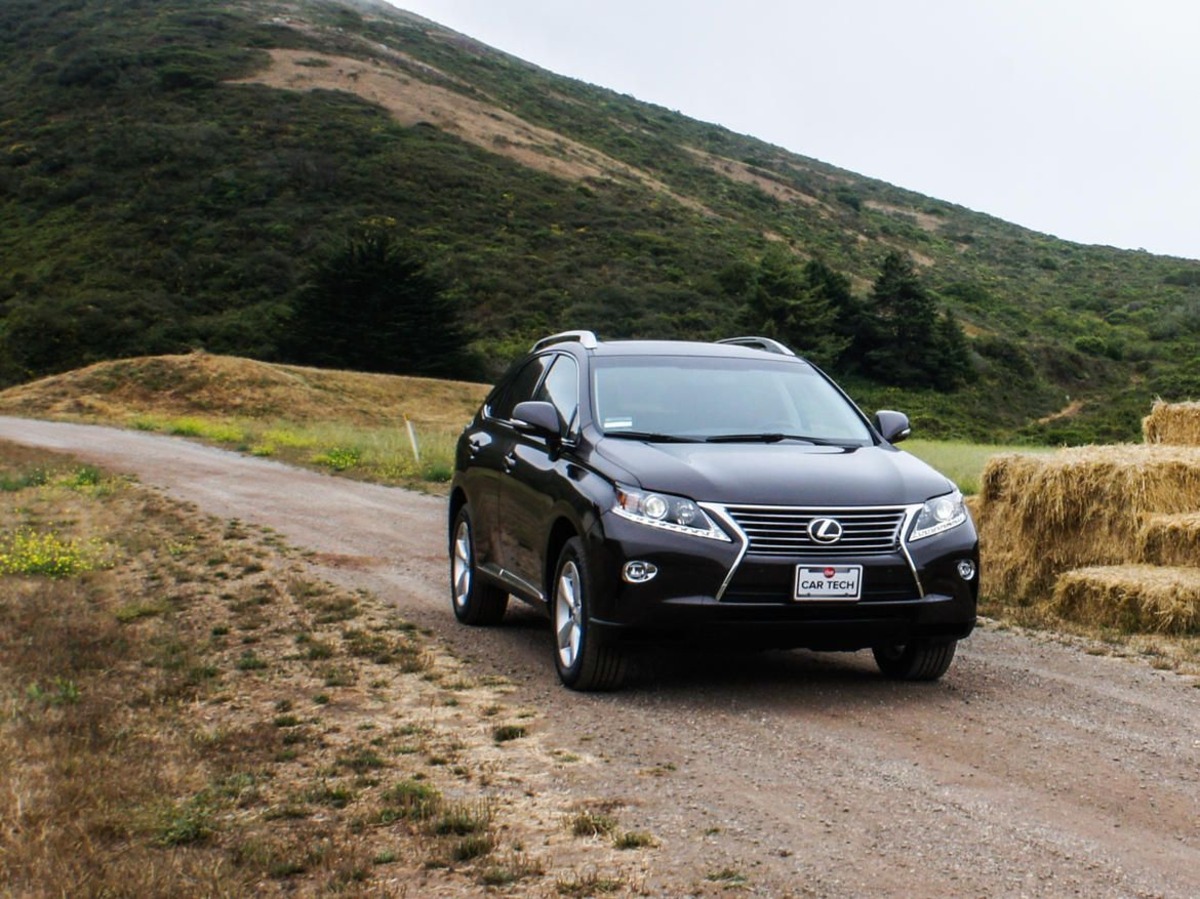In today’s automotive market, where performance, luxury, and innovation often steal the spotlight, one critical attribute quietly dictates the long-term satisfaction of car ownership: reliability. For most drivers, the goal is simple — buy a vehicle that won’t give you problems, cost you a fortune in repairs, or leave you stranded before hitting 100,000 miles.
The journey from 0 to 100,000 miles represents a significant chunk of a vehicle’s usable life. For some, it’s five years of commuting, for others, a full decade of faithful service. What happens during those miles—or more importantly, what doesn’t happen—can shape a car’s legacy and your ownership experience.
Many new car buyers assume that modern vehicles are uniformly reliable, thanks to advanced engineering and manufacturing practices. While it’s true that quality has generally improved across the board compared to older generations, wide gaps still exist between the best and worst performers.
Some cars glide through their first 100,000 miles with barely more than oil changes and tire rotations, while others fall apart with alarming regularity, requiring expensive and repetitive repairs that drain the wallet and test the patience of even the most forgiving owner.
This is particularly important for consumers looking at long-term ownership or planning to buy used. A car that ages gracefully and holds up well through its early mileage is a smart financial investment, not just in terms of repair costs, but also resale value and peace of mind.
Conversely, a vehicle plagued by mechanical faults, electrical glitches, or transmission troubles can quickly turn into a money pit. Even more expensive luxury brands aren’t immune; sometimes, paying more up front doesn’t guarantee fewer problems down the road.
In this article, we take a deep dive into ten vehicles that stand out on opposite ends of the reliability spectrum. The first half explores five car models that have consistently proven themselves dependable in the critical 0–100,000-mile window.
These vehicles are praised not only by industry experts and mechanics but also by thousands of owners who have driven them daily and maintained them through the years. Their track record of minimal issues, strong component design, and easy maintenance make them wise choices for anyone looking for lasting value and trouble-free motoring.
In contrast, the second half takes a look at five models that have garnered a reputation for underperforming in the same mileage range. Whether due to poorly engineered powertrains, problematic transmissions, or unreliable electronics, these vehicles have left many owners disappointed — and in some cases, facing repair bills that rival the car’s actual market value.
While not all examples of these models will have issues, their track record suggests a higher probability of trouble than the average vehicle, making them worth approaching with caution.
Ultimately, reliability isn’t just about avoiding breakdowns — it’s about confidence. It’s knowing you can take a road trip without worrying about getting stranded. It’s trusting your car to get you to work, school, or an important event on time. It’s about minimizing disruption and maximizing value.
This article aims to help you do exactly that by identifying five standout vehicles that thrive through their first 100,000 miles — and five that, frankly, fall short. Whether you’re a first-time buyer, a used car shopper, or someone considering a vehicle trade-in, this list is your starting point for making a smarter, more informed decision.
Also Read: 5 Cars With Highest Torque-to-weight and 5 That Are Underpowered
The 5 Most Reliable Car Models from 0–100K Miles
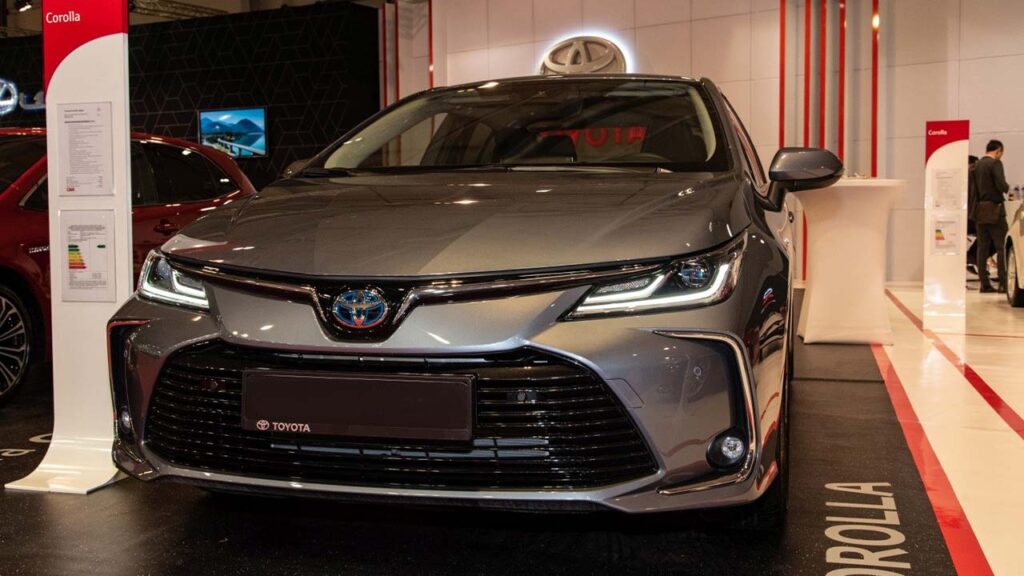
1. Toyota Corolla
The Toyota Corolla is often seen as the gold standard for basic transportation, but what truly sets it apart is its nearly unmatched reliability. Over decades of production and refinement, Toyota has optimized the Corolla’s engine and drivetrain to deliver consistent performance with minimal fuss.
Most Corollas in the 0–100,000-mile range require only routine maintenance — oil changes, brake pads, filters — with few unexpected problems.
The naturally aspirated 1.8-liter and 2.0-liter four-cylinder engines are models of efficiency and endurance, rarely suffering from oil leaks, overheating, or timing chain issues. This mechanical stability makes the Corolla a top pick for commuters, students, and families who want dependable transportation without headaches.
Owners consistently report that their Corollas remain quiet, smooth, and fuel-efficient well past the 100K mark. What stands out is not just the absence of major mechanical issues, but how well the car ages overall. Components like the suspension, steering, and electrical systems remain functional without deteriorating significantly, provided the vehicle has been maintained appropriately.
Even in colder climates or with daily long-distance driving, the Corolla holds up exceptionally well. Cabin features, though simple, also tend to last — knobs don’t break, headliners don’t sag, and seats retain their firmness better than many competing models in this price range.
Toyota’s manufacturing consistency is a major contributor to the Corolla’s long-lasting success. Thanks to tight quality control and streamlined global production, very few “bad batches” or flawed model years have been released. That means whether you’re buying a base model or a fully-loaded trim, you’re getting a vehicle with the same foundational engineering.
Repairs, when necessary, are straightforward and inexpensive due to the Corolla’s widespread parts availability and the familiarity mechanics have with it. Toyota’s dealer network and independent specialists alike often praise the Corolla for being one of the easiest vehicles to service and maintain.
Finally, the Corolla offers peace of mind not just in terms of mechanical reliability, but also financial predictability. Its cost of ownership over the first 100,000 miles is among the lowest in its class.
Insurance rates are reasonable, fuel economy is high, and depreciation is relatively gentle, especially compared to flashier but less durable competitors. For budget-conscious buyers who value practicality above all else, few vehicles can match the all-around reliability package offered by the Toyota Corolla.
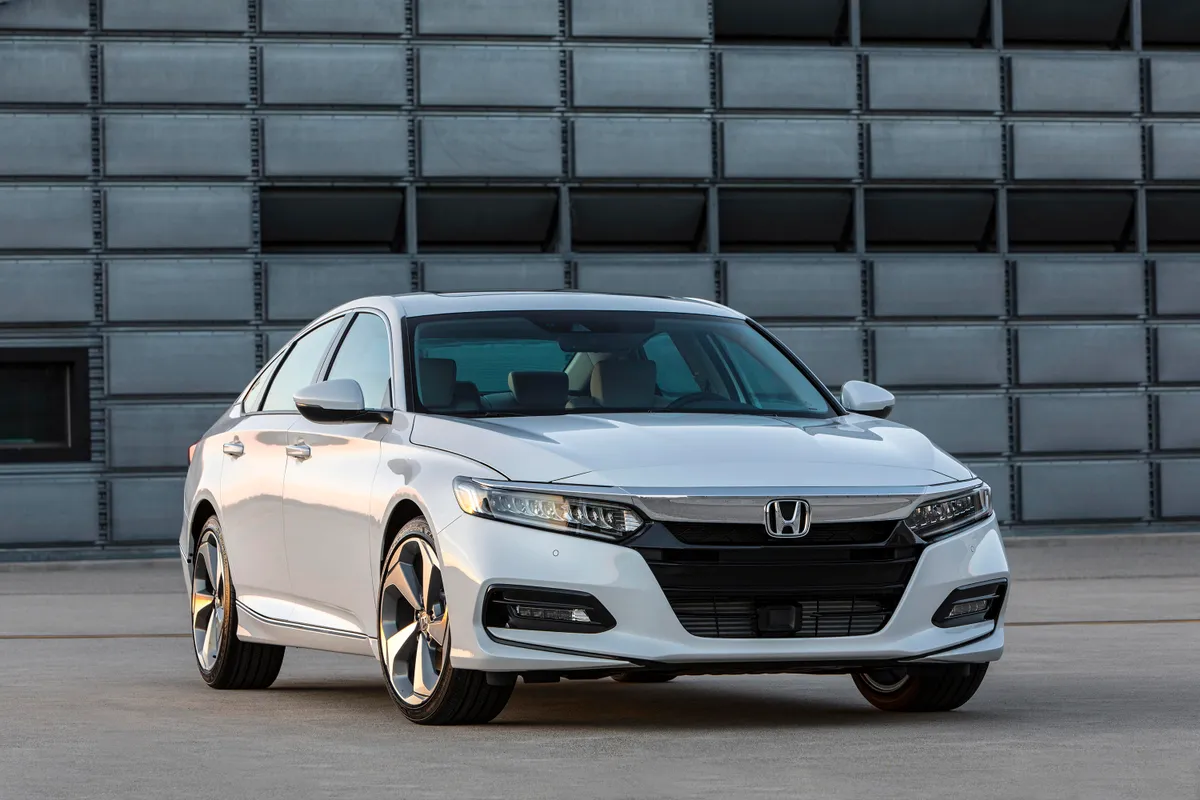
2. Honda Accord
For decades, the Honda Accord has been the epitome of long-term dependability, and it continues to live up to that reputation with each new generation. The 0–100,000-mile stretch is often described by owners as “uneventful” — a compliment in the world of car maintenance.
Whether equipped with a four-cylinder or V6 engine, the Accord offers refined powertrains that are engineered for the long haul. Honda’s engines are known for their smooth operation and resistance to premature wear. The Accord’s automatic transmissions, particularly in more recent models, have also become significantly more robust and are less prone to the issues that affected early-2000s variants.
What truly sets the Accord apart from many competitors is how well it blends reliability with driving enjoyment. It’s not just a car that lasts — it’s a car you enjoy driving every day. The suspension tuning offers comfort without sloppiness, the steering is responsive, and the cabin remains quiet and solid even as miles rack up.
This harmony of function and feel extends to how its systems age. The HVAC system, infotainment, electronics, and even the power windows tend to remain trouble-free far longer than average. You’re unlikely to find yourself replacing failing sensors or tracking down weird electronic gremlins during the first 100K.
In terms of maintenance, the Accord is highly approachable. Regular oil changes, tire rotations, and occasional brake service will usually keep it running without incident. Timing chains (used instead of belts in most modern Accords) eliminate the need for early major engine service.
Fluid changes — particularly transmission and coolant — done on schedule often lead to a decade or more of faithful service. Independent mechanics frequently recommend the Accord as a top pick for buyers who want minimal surprises and maximum value from their car.
Resale value is another area where the Accord benefits from its stellar reputation. High-mileage Accords often sell at higher prices than competitors with fewer miles, simply because buyers trust the platform.
It’s a vehicle that commands respect not through flashy marketing or gimmicks but through years of consistent, reliable performance. For those looking to get through 100,000 miles — and likely well beyond — with little worry, the Honda Accord remains a top-tier choice.
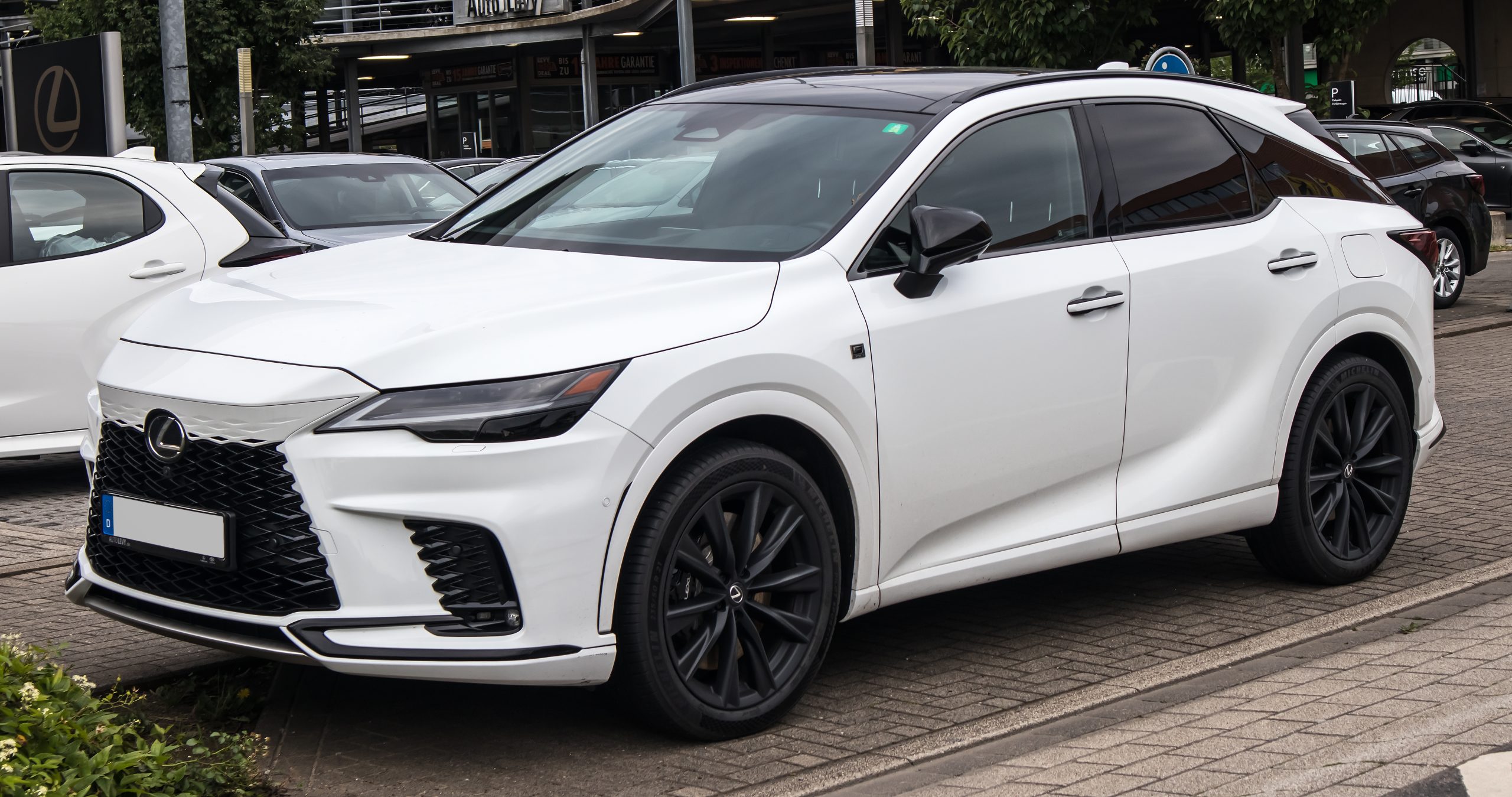
3. Lexus RX
The Lexus RX stands out in the luxury market not only because of its comfort and refinement but also due to its extraordinary reliability. Often referred to as the “luxury car that behaves like a Toyota,” the RX benefits from its parent company’s engineering discipline while offering a premium ownership experience.
Under the hood, you’ll often find a well-balanced and proven 3.5L V6 engine, known for its durability and smooth power delivery. Combined with Lexus’s high manufacturing standards, this SUV cruises through the first 100,000 miles with barely a hiccup — a rare feat in the luxury segment.
Where the RX truly excels is in its resistance to aging. Many luxury cars become problematic as their electronics, suspension systems, and trim components begin to degrade, but the RX holds up impressively. Seat leather resists cracking, buttons and controls maintain their tactile quality, and the ride quality remains supple even as suspension components wear.
Additionally, the Lexus infotainment systems, while sometimes criticized for user interface design, tend to be more reliable than those found in many German competitors. Very few RX owners report failures in major electronic components within the first 100K miles.
Hybrid versions of the RX — such as the RX 450h — add another layer of reliability through Toyota’s proven hybrid system. These vehicles use electric motors and battery packs that consistently last well beyond the 100,000-mile mark, often reaching 200,000 miles or more without needing a replacement.
The seamless interaction between gas and electric systems is one of the most refined in the industry, and owners rarely report significant issues related to the hybrid components during standard mileage ownership.
On the service side, Lexus dealers are known for excellent customer support, and RX models often require less frequent visits compared to other luxury SUVs. When maintenance is needed, the costs are surprisingly reasonable given the vehicle’s segment.
Many owners are pleased to discover that the RX has the dependability of a Toyota Highlander dressed in luxury trim — and that’s exactly what makes it one of the smartest luxury SUV buys for those who plan to drive well past 100,000 miles.
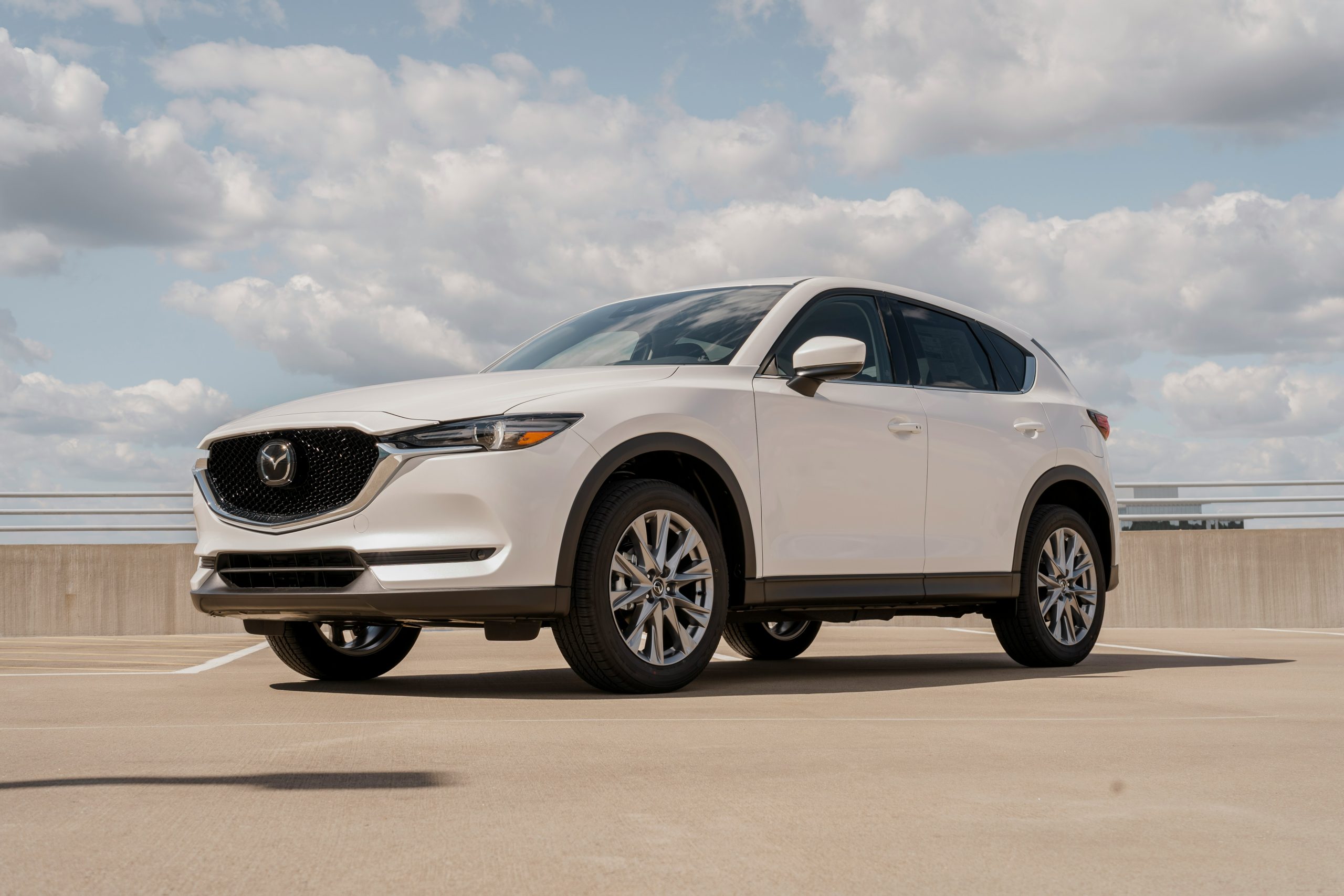
4. Mazda CX-5
Mazda’s CX-5 delivers a unique blend of style, performance, and dependability that few compact SUVs can match. Designed to compete with models like the Honda CR-V and Toyota RAV4, the CX-5 sets itself apart with its driving dynamics and quality-focused engineering.
But beyond its sharp looks and agile handling lies a mechanical integrity that makes it one of the most reliable options in its class from 0 to 100,000 miles. The SkyActiv-G engine family — particularly the 2.5L naturally aspirated version — is tuned not only for performance and fuel efficiency but also long-term reliability. These engines tend to run clean, produce minimal oil consumption, and have no major systemic issues over time.
Where some SUVs suffer from complexity-induced failures, the CX-5 excels in its engineering simplicity. Mazda avoids unnecessary complications in key mechanical areas, and this pays off in fewer breakdowns and more predictable maintenance. Transmission performance in the CX-5 is also noteworthy.
The 6-speed automatic gearbox, while not the most modern by today’s standards, has proven itself to be durable and smooth-shifting, with almost no common failure points reported within the first 100K miles. This kind of dependability makes the CX-5 ideal for young families, solo commuters, or anyone needing a crossover that doesn’t require babying.
Interior durability is another strong suit for the CX-5. Materials are premium-feeling without being fragile, and the layout is intuitive, reducing wear and tear on switches, knobs, and infotainment controls. Mazda has also kept the infotainment system relatively straightforward, avoiding the complicated interfaces that plague some rivals.
As a result, you don’t have to worry about touchscreen failure, freezing software, or glitchy climate controls before reaching 100,000 miles. Even in base trims, the overall fit and finish hold up extremely well, with minimal rattles or fading surfaces over time.
Routine maintenance on the CX-5 is also simple and affordable. Oil changes, filter replacements, and spark plugs are easy to access. Independent mechanics often praise Mazda’s recent generation vehicles for being well laid out under the hood.
While not quite as globally ubiquitous as Toyota or Honda, Mazda’s parts availability is still strong, and owners rarely encounter delays for components. Overall, the CX-5 offers one of the best all-around packages for drivers who want excitement behind the wheel and a vehicle that will confidently carry them well beyond the 100K milestone.
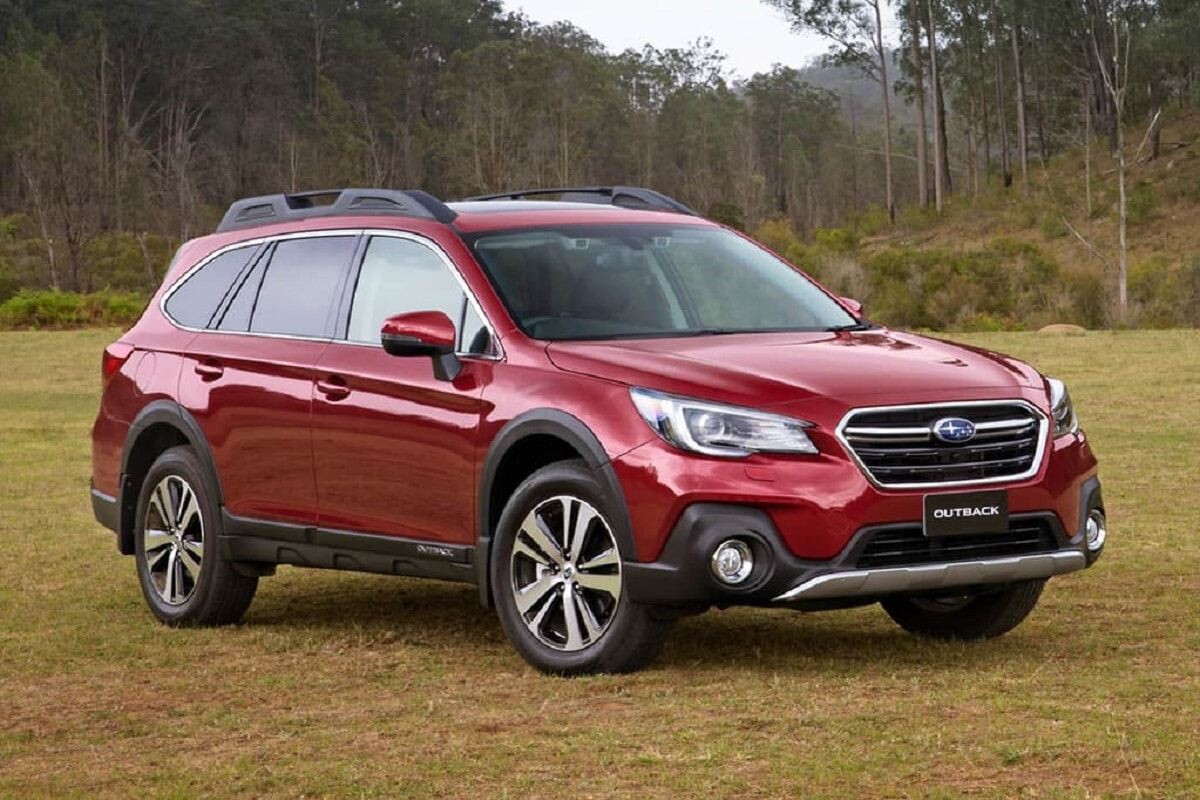
5. Subaru Outback
The Subaru Outback has built a loyal following for good reason: it’s practical, capable, and impressively durable when well maintained. For many drivers — especially those in regions with snow or varied terrain — the Outback’s symmetrical all-wheel drive and rugged design make it a top choice.
But what seals the deal for long-term ownership is how well it holds up mechanically. From 0 to 100,000 miles, most Outbacks perform with admirable reliability, particularly those equipped with the 2.5L four-cylinder boxer engine. This powertrain has matured into a stable and efficient option, delivering solid longevity for daily commuters and adventurous road-trippers alike.
Subaru’s AWD system is often touted as one of the best in the industry, and its reliability is a key part of the Outback’s appeal. Unlike systems that engage part-time or rely on electronic clutches, Subaru’s full-time AWD provides consistent traction with minimal maintenance.
Drivetrain components, such as differentials and CV joints, are robust and generally hold up well through the 100K mark, assuming fluid services are kept up. The CVT (Continuously Variable Transmission), while sometimes controversial, has become more refined and dependable in recent years, particularly in post-2015 models where software and hardware improvements significantly reduced early failures.
Interior quality has also improved in recent generations, helping the Outback’s cabin feel fresh and intact even as miles accumulate. Materials are resistant to stains and wear, and the seating is designed for long-distance comfort. Subaru’s infotainment systems, while not the flashiest, tend to be more reliable than those found in similar crossovers.
Electrical systems — such as power windows, heated seats, and safety sensors — generally hold up well, though like any vehicle, they benefit from routine checks and updates. Many Outback owners report hitting 100,000 miles with few, if any, unscheduled repairs.
Subaru ownership also benefits from an enthusiastic and knowledgeable community. Maintenance guides, forums, and third-party service shops familiar with the brand make it easier for owners to take good care of their cars.
As long as the vehicle receives timely oil changes and fluid services, especially for the transmission and differentials, the Outback tends to reward its owner with resilience and versatility. Whether you’re navigating icy roads, dirt trails, or just a long highway commute, the Subaru Outback is a solid, reliable companion from mile one to mile 100,000 and beyond.
The 5 Car Models with the Worst 0–100K-Mile Reliability Scores
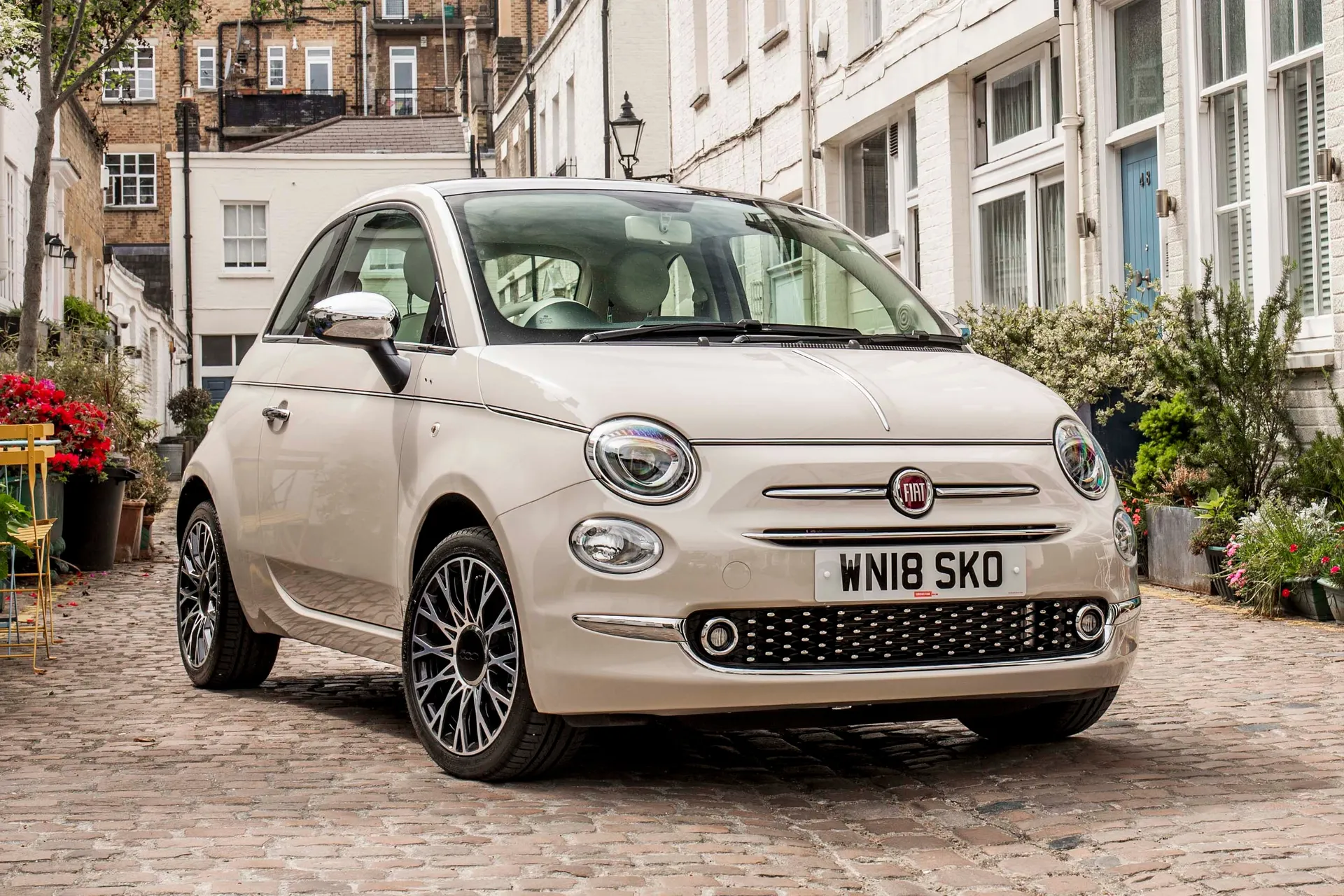
1. Fiat 500
The Fiat 500, while endearing in design and charming in concept, unfortunately carries a reputation for subpar reliability — especially during the first 100,000 miles. Despite its retro appeal and compact, urban-friendly size, the 500 suffers from a series of mechanical and electrical issues that frustrate owners and diminish its long-term value. Powertrain concerns, particularly with the 1.4L MultiAir engine, are among the most reported problems.
From erratic idle behavior to oil leaks and timing issues, the engine has proven less than robust in real-world usage. In addition, many owners have noted that performance tends to degrade quickly, with acceleration becoming sluggish and inconsistent even before the vehicle reaches 75,000 miles.
Transmission trouble is another thorn in the side of Fiat 500 ownership. The automatic transmission — especially the Dualogic automated manual offered in certain trims — has been a consistent weak point. Harsh shifting, delay in engagement, and complete transmission failure have been widely reported by drivers well before the 100K mark.
The clutch and flywheel also tend to wear out rapidly, often requiring replacement long before you’d expect for a vehicle in this class. For a small car, these problems add up to disproportionate repair bills that make long-term ownership a gamble.
Adding to the trouble is the Fiat 500’s reputation for electrical gremlins. From malfunctioning dashboard displays to unpredictable warning lights and faulty power windows, electronic failures are frustratingly common. While some of these are minor annoyances, others — such as failures in the lighting or airbag systems — can pose safety concerns.
These issues seem to arise sporadically and aren’t always easy to replicate, making them hard to diagnose and fix. The result is often multiple visits to the shop, adding time and stress to ownership.
Unfortunately, Fiat’s presence in North America has also declined in recent years, which affects parts availability and dealership support. Owners often struggle to find knowledgeable mechanics, and specialized parts may take time to source.
Combined with an unreliable reputation, the Fiat 500 becomes difficult to recommend for anyone who values peace of mind during the critical 0–100,000-mile period. While cute and fun for short-term use, it’s not a car you can count on for long-haul dependability.
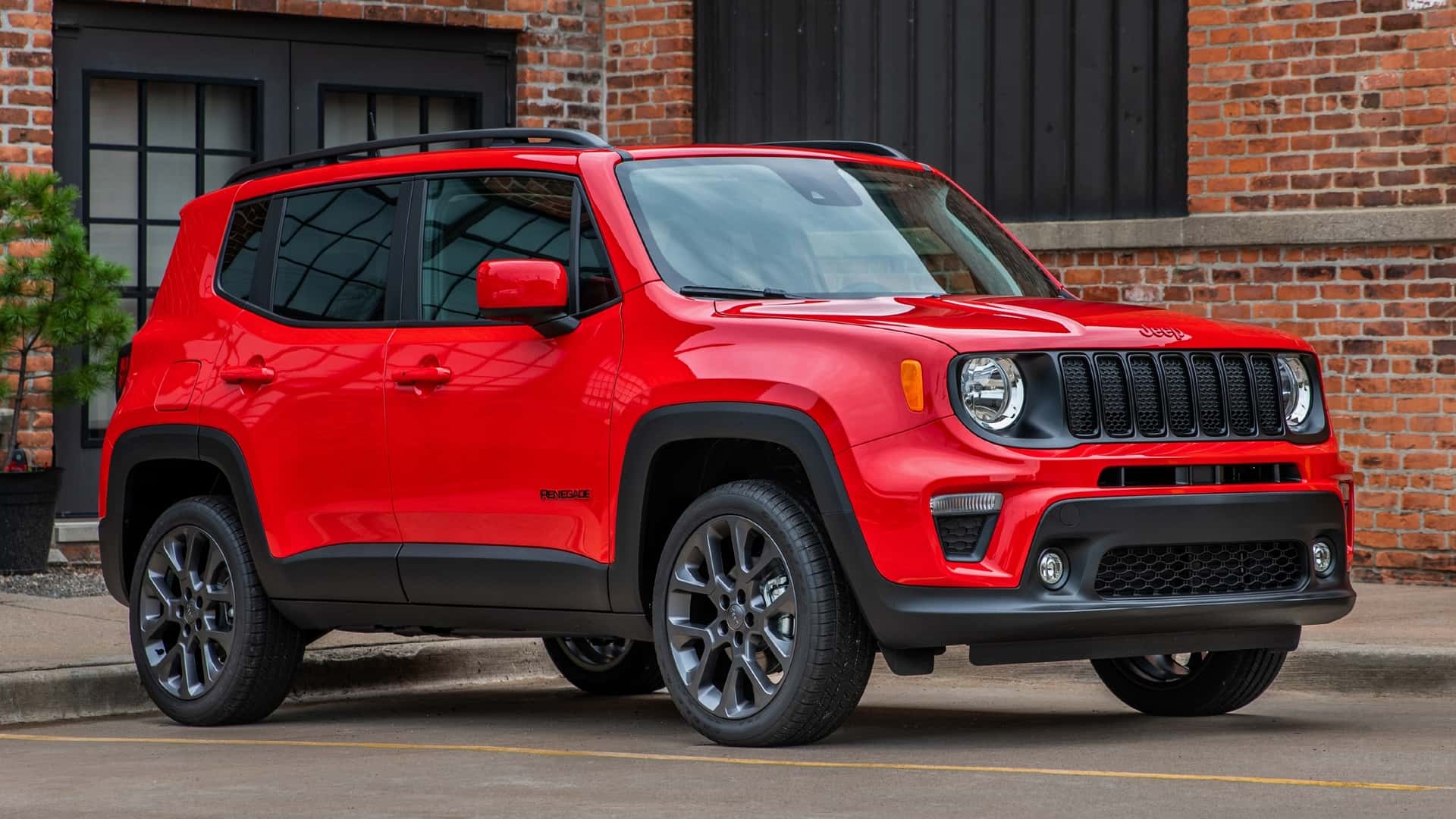
2. Jeep Renegade
The Jeep Renegade, introduced as a compact SUV for urban adventurers, carries the allure of Jeep’s rugged image but often fails to live up to it mechanically. While its quirky styling and off-road-oriented trims attract attention, its reliability ratings tell a different story.
A major issue lies in its powertrain, particularly the 2.4L Tigershark engine, which has been prone to excessive oil consumption. Many owners report needing to top off oil frequently between changes, a sign of internal wear or poor engine design. Left unchecked, this issue can escalate to more severe problems, such as cylinder scoring or engine failure, well before 100K miles.
Transmission woes further complicate Renegade ownership. The 9-speed ZF automatic transmission, shared with other FCA vehicles, has a track record of inconsistent performance. Jerky shifts, hesitation, and even sudden disengagement from the gear have been cited as common complaints.
These problems not only disrupt driving comfort but also raise concerns about long-term durability. Many Renegades have needed transmission reprogramming or even full replacements before crossing the 75,000-mile threshold. In some cases, these failures occur without warning, leaving drivers stranded and facing expensive repairs.
Beyond the drivetrain, the Renegade also suffers from reliability issues in its electronics and accessory systems. Infotainment glitches, malfunctioning navigation units, and climate control failures have been noted across multiple model years.
The vehicle’s numerous sensors — including those for blind-spot monitoring, parking assist, and engine diagnostics — have been known to fail or deliver false readings.
This leads to “check engine” lights and diagnostic trouble codes that are difficult to pin down. Repairing these issues often involves dealership visits and expensive diagnostics, leading to owner dissatisfaction.
Lastly, the Renegade struggles with overall build quality. Rattles, squeaks, and premature wear on interior components like seat bolsters and trim panels give the cabin a worn-out feeling even in relatively new vehicles.
While the Jeep badge might promise adventure, the Renegade often delivers mechanical unpredictability. For buyers who prioritize reliability from 0 to 100,000 miles, the Renegade poses too many risks to justify the gamble, especially when compared to better-built rivals in the same price range.
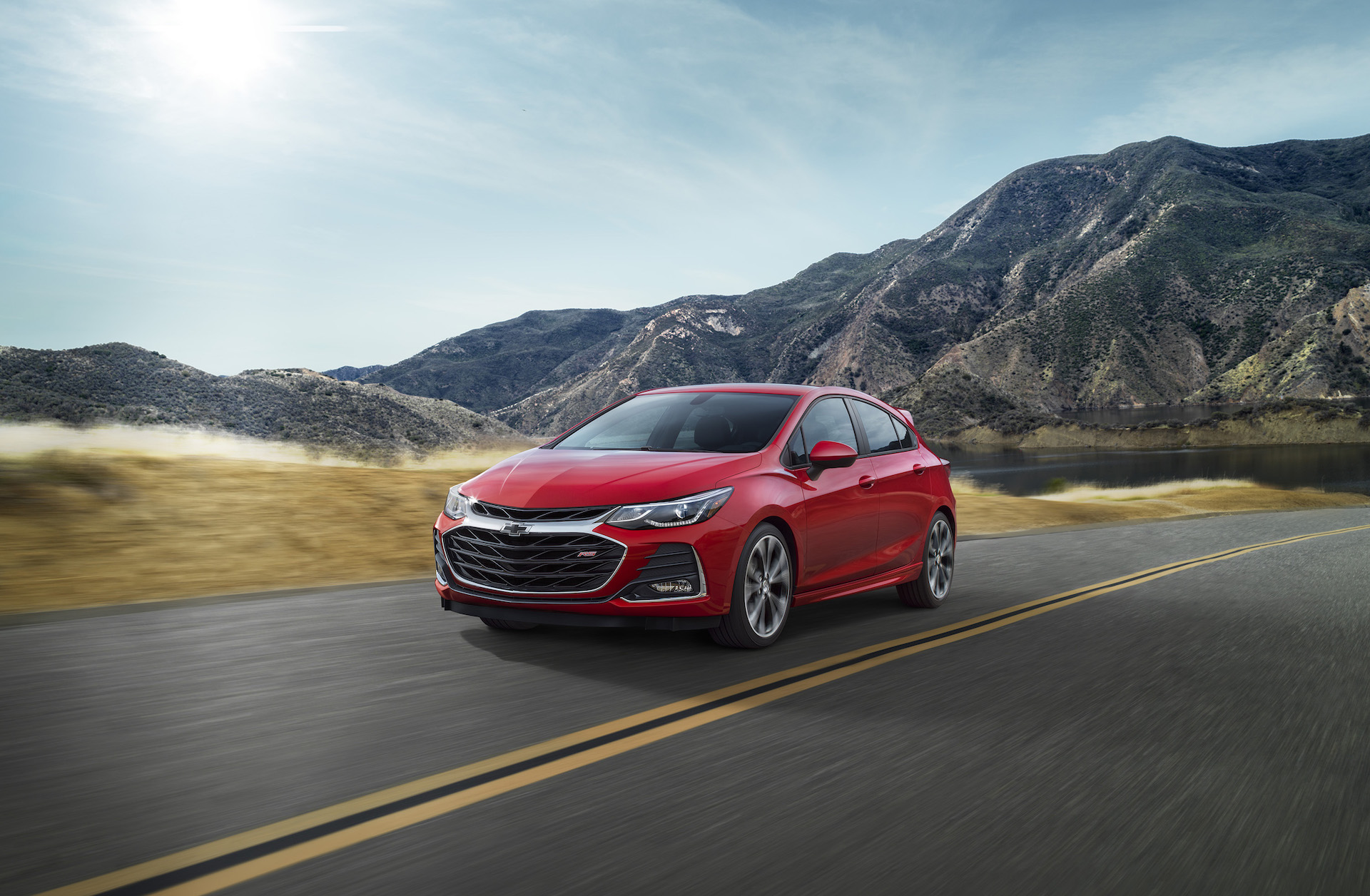
3. Chevrolet Cruze
The Chevrolet Cruze was designed to be a global compact car that combined fuel efficiency, comfort, and value. Unfortunately, its track record — particularly in its first 100,000 miles — has been less than stellar. Numerous owners have reported recurring issues with the Cruze’s engine, including coolant leaks, turbocharger problems in 1.4L turbo variants, and thermostat housing failures.
In many cases, these seemingly minor issues cascade into more serious problems like overheating or warped cylinder heads, often before the odometer hits six figures. These mechanical weaknesses add significantly to the long-term cost of ownership.
Transmission reliability also falls short in the Cruze, especially in early models with the 6-speed automatic gearbox. Hesitation, slipping, and even complete failure of the transmission control module have been widely documented. These problems are not only costly to repair but also disruptive, leading to frequent shop visits and long downtimes.
Manual transmission variants fare slightly better, but they are rare in the U.S. market and not immune to their own clutch wear and shifting issues. The result is a compact sedan that often struggles to meet expectations for durability and day-to-day reliability.
Adding insult to injury, the Cruze’s electrical systems are another recurring pain point. From faulty door lock actuators to malfunctioning HVAC controls and sporadic dashboard lighting failures, the car suffers from a host of unpredictable electronic gremlins.
The vehicle’s computer modules — which control everything from ignition timing to Bluetooth connectivity — can sometimes go haywire, requiring costly diagnostics or reprogramming. These problems become especially pronounced in colder climates, where condensation and thermal cycling exacerbate internal wear on the electronics.
Even the Cruze’s interior and body structure exhibit signs of premature aging. Door seals often degrade quickly, leading to cabin noise and water leaks. The paint quality and exterior trim are average at best, and many owners report rust spots or peeling clear coat within the first 100K miles.
While Chevrolet has made strides in improving their quality control in recent years, the Cruze remains one of the brand’s more troubled models in terms of reliability. Buyers looking for hassle-free transportation may want to steer toward more dependable options in the compact car category.
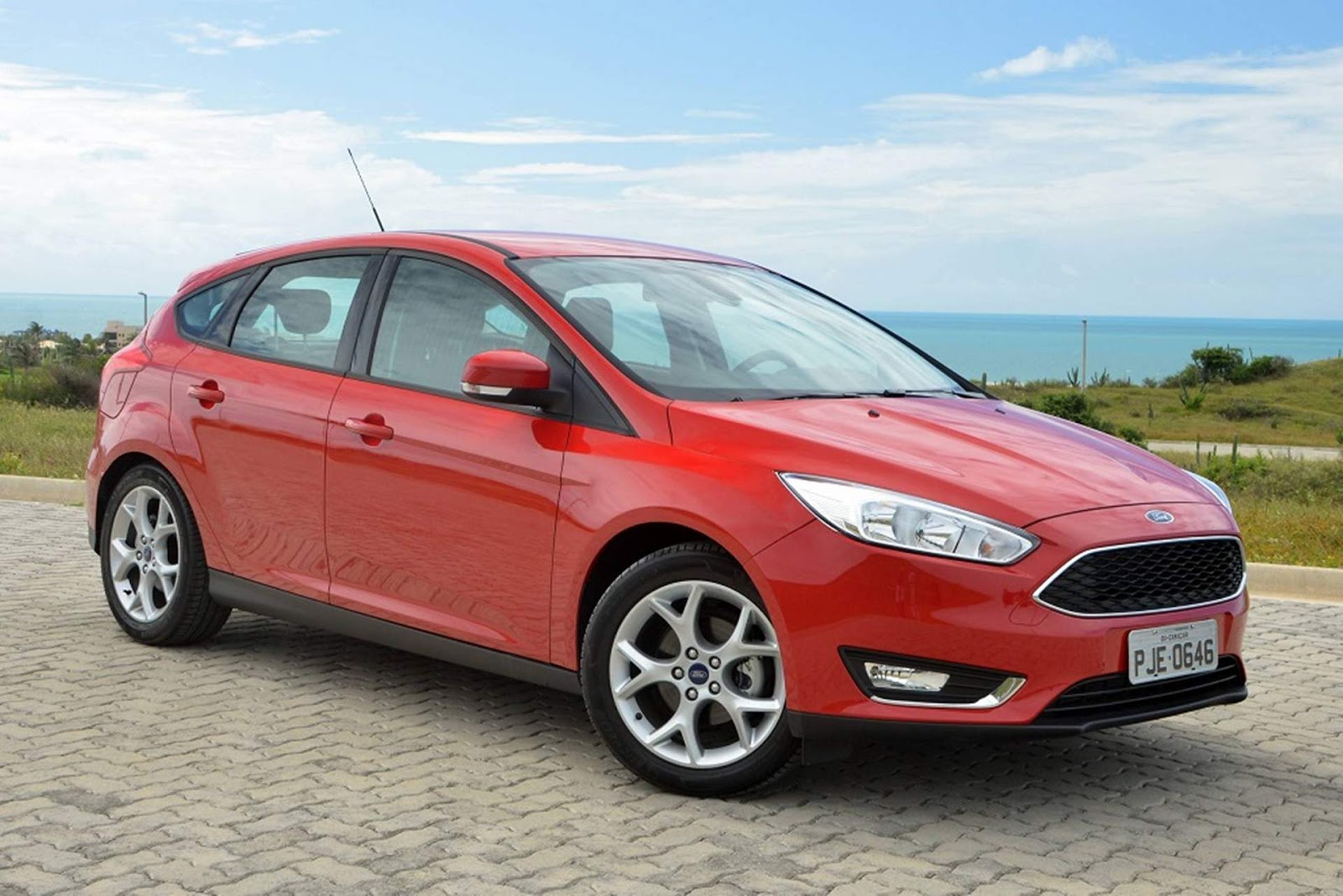
4. Ford Focus (2012–2016)
The 2012–2016 Ford Focus may be one of the most controversial entries on this list, and for good reason. This generation of the Focus was plagued with widespread and well-documented transmission issues, primarily stemming from Ford’s use of the PowerShift dual-clutch automatic. Intended to improve fuel economy and deliver a sportier drive, the PowerShift turned out to be the Achilles’ heel of the Focus.
Jerky shifting, shuddering at low speeds, stalling, and outright failure have all been reported, many within the first 50,000 miles. Despite software updates and extended warranties, the problem persisted and became the subject of class-action lawsuits and customer frustration.
Aside from the notorious transmission, the Focus also suffered from a variety of mechanical and electrical issues. Fuel system malfunctions, including problems with the fuel pump and vapor canister, led to stalling and reduced engine performance.
Additionally, owners experienced premature wear in the suspension system, particularly with control arm bushings and sway bar links. These issues can make for a noisy, uncomfortable ride and can be costly to repair over time. For a vehicle meant to be a reliable commuter car, this generation of Focus proved disappointingly high-maintenance.
Electrical gremlins have also dogged this model. Faulty ignition switches, sensor errors, and infotainment system malfunctions are just the tip of the iceberg.
Many drivers reported that the car’s onboard systems would behave erratically — doors locking and unlocking randomly, gauges freezing, or warning lights appearing without cause. These issues, while sometimes fixable with software updates, often required repeated dealership visits and added significantly to owner frustration.
Another area of concern is build quality. Although the Focus has a modern and attractive design, interior materials tend to wear quickly. Seats lose padding, dashboard trim begins to creak, and exterior plastics fade or crack prematurely. As such, even if major systems remain intact, the vehicle often “feels” older than it is by the time it nears 100,000 miles.
This perception, combined with actual reliability issues, has significantly hurt the model’s resale value and reputation. While newer Focus models made improvements, the damage to the nameplate’s legacy from these years remains.
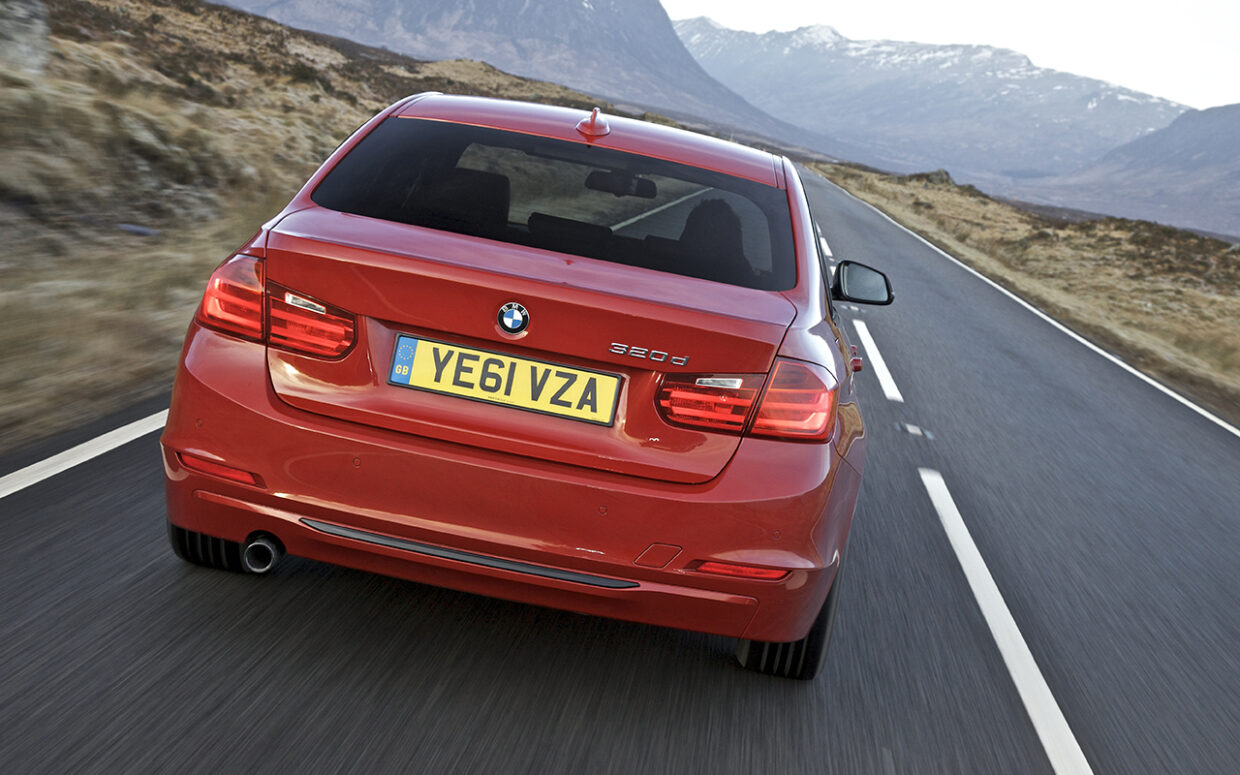
5. BMW 3 Series (F30 Generation)
The BMW 3 Series — particularly the F30 generation (2012–2019) — is often praised for its performance, refinement, and driving dynamics. However, when it comes to long-term reliability, especially in the 0–100,000-mile range, this luxury sedan has disappointed many owners.
The biggest issue lies in its turbocharged four-cylinder engines (like the N20), which have shown a tendency for premature timing chain wear, oil leaks, and coolant system failures. The complexity of these engines, while part of what makes them perform so well, also makes them vulnerable to multiple failure points if not meticulously maintained.
Cooling system issues are especially problematic. Water pump and thermostat failures are frequent and often occur around or even before the 80,000-mile mark. When these parts fail, they can lead to engine overheating, which risks damaging critical components like the head gasket or turbo.
These aren’t quick or cheap fixes — BMW parts and labor rates are significantly higher than those of economy vehicles. Many first-time luxury buyers are caught off guard by how quickly minor problems can escalate into major expenses.
Electrical systems in the F30 3 Series also tend to be problematic. Owners have reported problems with the iDrive infotainment system freezing or crashing, as well as persistent errors with sensors, especially parking sensors and adaptive cruise control modules.
As with most modern luxury vehicles, the electronics are highly integrated, meaning a single component failure can cause a cascade of errors across multiple systems. Troubleshooting these problems often requires specialized diagnostic tools and expert knowledge, increasing repair complexity and cost.
Even interior quality, while initially impressive, shows signs of early wear. Leather seats may crack, electronic window regulators fail, and trim pieces may rattle or come loose.
Although BMW enthusiasts may accept these flaws in exchange for the vehicle’s handling prowess and brand prestige, those looking for reliability up to 100K miles without stress or high maintenance costs may find the 3 Series F30 more frustrating than fulfilling. In short, it’s a vehicle better suited for those who can keep up with its demands, not those seeking worry-free motoring.
Also Read: 5 Pickups With Top Factory Suspension Lifts And 5 That Are Low
As we conclude this deep dive into car reliability, one key truth stands out: not all vehicles are created equal, especially when judged by their performance over the first 100,000 miles.
For many drivers, hitting that milestone is a rite of passage — a sign that your vehicle has served you faithfully, has matured gracefully, and can likely go the distance even further. But for others, reaching 100K miles feels like surviving a gauntlet of unexpected repairs, inconvenient breakdowns, and a growing sense of regret over their automotive choice.
The five most reliable models we discussed — the Toyota Corolla, Honda Accord, Lexus RX, Mazda CX-5, and Subaru Outback — have earned their reputations not through flashy marketing or gimmicks but through consistent, real-world dependability. These cars stand out for their robust engineering, thoughtful design, and track record of minimal issues.
They demonstrate that reliability doesn’t have to come at the expense of style or comfort — in fact, several of these vehicles are not only durable but also enjoyable to drive and easy to live with. They represent peace of mind, smart investment, and long-term satisfaction.
Each of these top-performing vehicles shows what good automotive engineering looks like. The Toyota Corolla’s simplicity and bulletproof engine design allow it to age with grace. The Honda Accord’s blend of dynamic performance and rock-solid components makes it a staple of used-car lots with confidence.
The Lexus RX proves luxury doesn’t have to come at the cost of dependability. The Mazda CX-5, with its well-balanced chassis and strong drivetrain, shows how modern design can coexist with reliability. And the Subaru Outback, the adventurer’s companion, demonstrates how utility, comfort, and endurance can come in one package.
On the other hand, the vehicles on the “worst” list — including the Fiat 500, Jeep Renegade, Chevrolet Cruze, Ford Focus (2012–2016), and BMW 3 Series (F30) — serve as cautionary tales. These models often begin their journey with promise and appeal but falter under the strain of everyday use.
Their problems range from chronic engine issues and unreliable transmissions to erratic electronics and interior degradation. In some cases, owners face costly repairs well before 100,000 miles, diminishing the car’s value and creating a frustrating ownership experience.
These underperforming models also highlight an important lesson in car buying: don’t be swayed by brand reputation alone. BMW, a respected luxury marque, struggled with long-term durability in the F30 3 Series, while Fiat’s attempt at a charming city car fell short due to subpar mechanical reliability.
Even brands with rugged images like Jeep can miss the mark when engineering compromises and cost-cutting decisions undermine the end product. When you’re shopping for a car — especially a used one — you’re not just buying features and performance. You’re buying history, reputation, and engineering decisions that may not be visible on the surface.
Ultimately, reliability is about trust. It’s about knowing your car won’t betray you when you need it most. A reliable car becomes more than just a machine — it becomes part of your daily routine, your family life, your long commutes, and road trips.
A car that continually breaks down erodes that trust and becomes a source of stress, distraction, and financial loss. That’s why this information matters so much — because a good car doesn’t just get you from point A to point B. It does so every time, without complaint, for years.
So whether you’re browsing dealerships or scanning private listings, remember to look beyond the shine and focus on the long game. A reliable car might not always be the most exciting choice, but it will be the one you remember fondly after 100,000 miles of quiet, confident service. Choose wisely, and your future self — and your wallet — will thank you.

